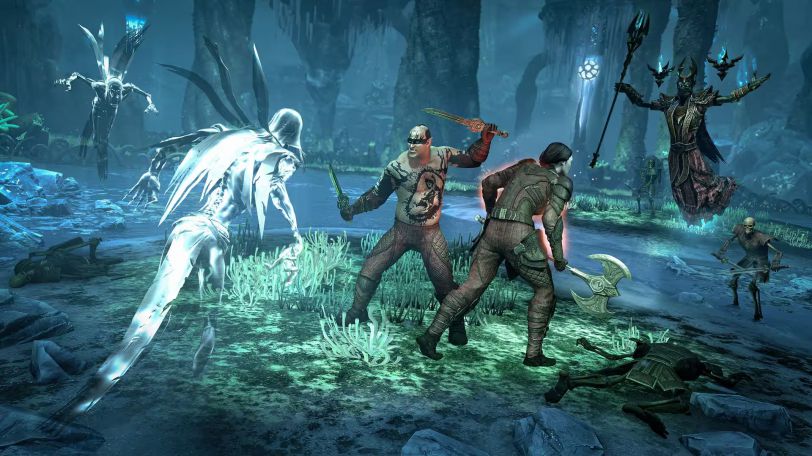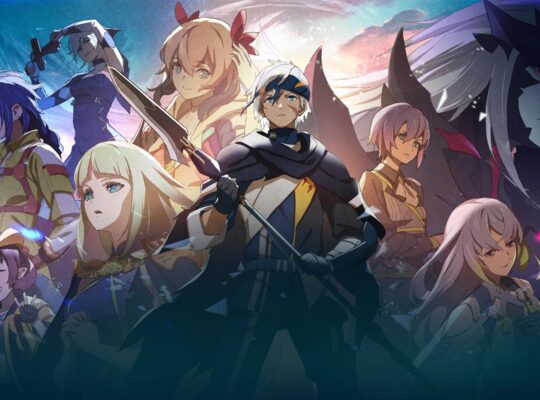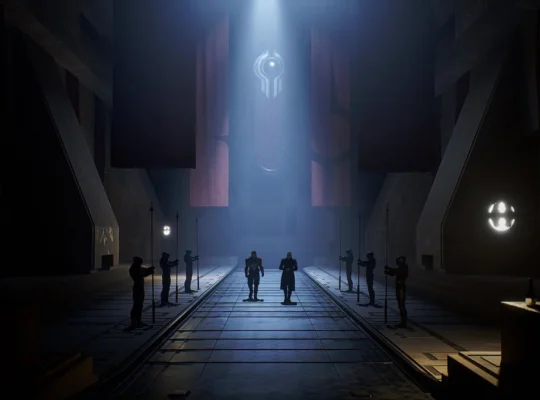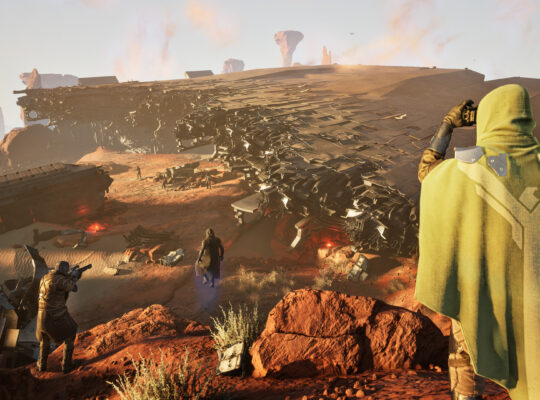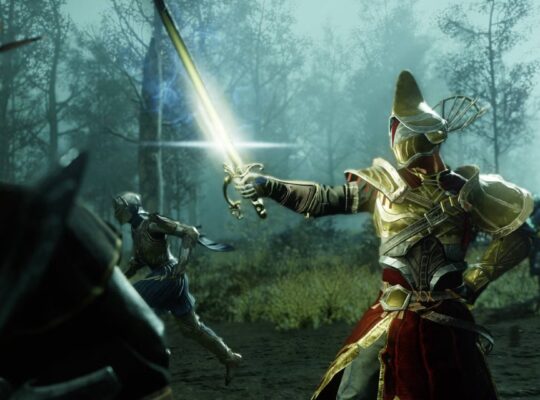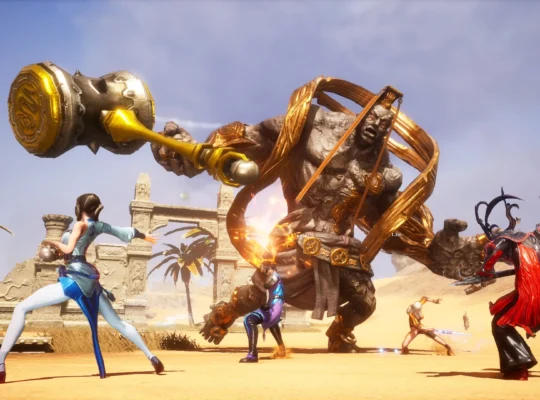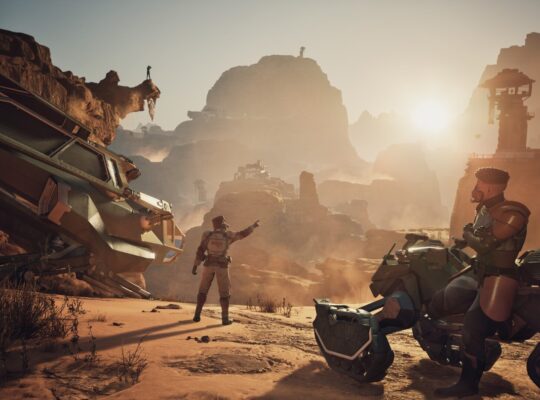Choosing a payment model is a critical decision for any MMORPG developer. Each option—free-to-play (F2P), buy-to-play, or subscription—comes with its own set of advantages and challenges. While F2P can open the doors to the largest potential audience from day one, it requires careful consideration of how the game will generate revenue without alienating players. Conversely, requiring a purchase or subscription ensures upfront income but necessitates caution with additional monetization.
Ultimately, the success of any model hinges on the quality of the game itself. But for some existing titles, the initial payment decision might no longer align with their current state or market position. Today, let’s explore three MMORPGs that, for different reasons, could significantly benefit from embracing a free-to-play model at this point in their lifecycle.
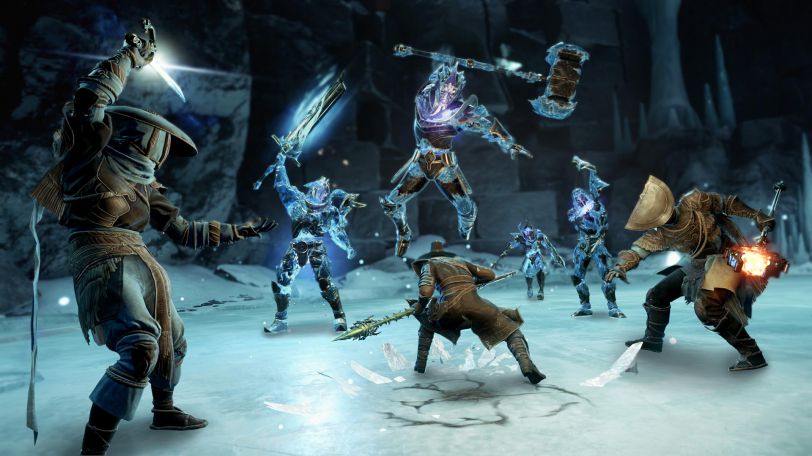
New World: Aeternum
Amazon Games’ New World: Aeternum is a prime candidate that arguably should have launched as a free-to-play title from the outset. While the prospect of an MMO from a company with Amazon’s resources generated considerable initial hype upon its original 2021 PC launch, it was a new IP from a relatively unproven development team (in the MMO space). Despite a massive initial player surge, the game quickly faced issues, including economic instability, a lack of endgame content, and slow updates.
The relaunch as New World: Aeternum in October 2024, bringing the game to consoles alongside PC, again saw an initial boost in players. However, several months later, player numbers on its primary PC platform (Steam) hover around a modest 6,000 average players, a figure likely far below Amazon’s aspirations.
While console players can access a free trial, PC players currently have no such option. As initial purchase sales for Aeternum have likely plateaued, making the base game free would eliminate a barrier to entry for countless potential players. Amazon could still monetize through selling the “Rise of the Angry Earth” expansion and its in-game shop, but allowing free access to the core experience seems like the most logical step to revitalize the player base.
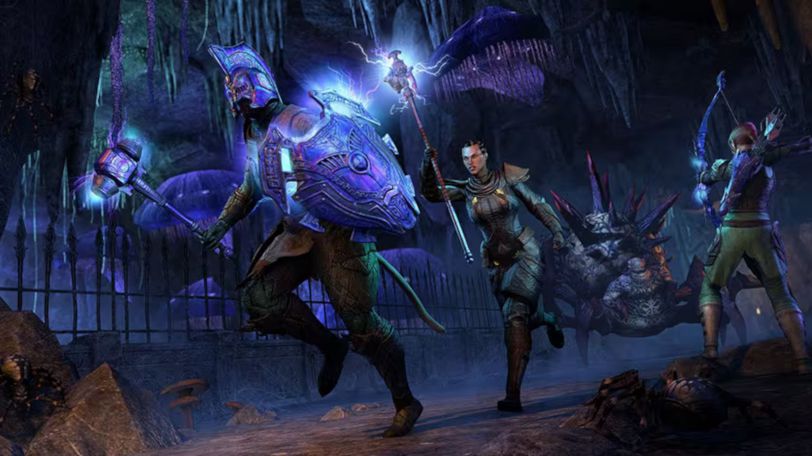
The Elder Scrolls Online
The Elder Scrolls Online (ESO), Zenimax Online Studios’ long-running MMORPG, celebrated its 10th anniversary in April 2024, with celebrations extending into 2025. Throughout its decade-plus history, ESO has maintained a buy-to-play model with an optional subscription (ESO Plus), which many consider near-essential due to the convenience it offers, particularly for crafting inventory space.
Earlier this year (February 2025), ESO announced a shift from its previous annual “Chapter” releases to a more seasonal content model. As part of this transition, they introduced “Content Passes” for the year. The 2025 Content Pass is priced at $49.99 for existing base game owners. However, new players face a dilemma: buy the base game separately (typically around $20) then buy the $49.99 Content Pass, or purchase a more expensive “Deluxe” Content Pass at $79.99 which includes the base game and extras.
This pricing structure highlights the awkwardness of retaining a base game purchase requirement. Is the potential revenue from selling the base game to genuinely new players significant enough to justify this potentially confusing and off-putting structure? Making the base game free would simplify access immensely. Players could jump in, experience the core world and narrative, and hopefully become invested enough to purchase the annual Content Passes or subscribe to ESO Plus. Given how frequently the base game is heavily discounted anyway, removing the price tag entirely feels like a natural and beneficial evolution for the game’s monetization strategy.

Black Desert Online
Our final example, Black Desert Online (BDO), is a visually stunning action MMORPG from Pearl Abyss that already makes minimal revenue from its initial purchase price. The game is regularly priced at a very low $10 and is almost perpetually on sale, often for under a dollar, and is even given away for free multiple times a year. As of May 2025, you can likely find it available for a negligible cost.
While maintaining a minimal purchase fee might be intended as a basic bot prevention measure, a price of $0.99 isn’t a significant deterrent if there’s profit to be made by automated accounts. BDO’s primary income stream is widely understood to be its cash shop, particularly its extensive and often pricey cosmetic offerings. For many players, “fashion is the true endgame,” and the monetization reflects this focus.
Currently, expansions for BDO are free if you own the base game. Pearl Abyss could easily transition to a model similar to Guild Wars 2: make the base game free, and charge for expansions. While BDO’s expansions might be smaller in scope than some competitors, the pricing could be adjusted accordingly. This approach would likely generate significantly more revenue by attracting a much larger initial player base into the ecosystem, who would then be potential customers for expansions and, critically, the lucrative cosmetic shop. Sticking to a symbolic purchase price when the game is virtually given away so often seems counterproductive.
These three games represent different scenarios where the existing buy-to-play model feels either outdated, restrictive, or simply ineffective at maximizing the game’s potential reach and revenue. Moving to a free-to-play model, coupled with smart monetization through expansions, cosmetics, or optional subscriptions, could provide them with a much-needed boost and a clearer path forward.


